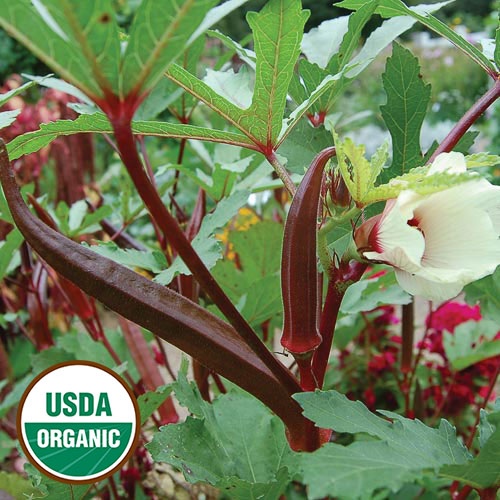
My dad was a huge radish fan, I don't think anyone else in my extended family ate them but him, at least no one I every saw. But my grandmother planted a half of a row every year in staggered plantings, to help stretch the season out,
One of the great things about having a garden between our house and my Grandmothers was that my job was to pick options for dinner, I mean literally pick options for Dinner, digging fresh potatoes, there's a cucumber and a tomato that was just ready or greens that were calling my name. And then just as I was leaving there are the radishes, just waiting for me to pick a couple for his salad. It was a chore and an experience at the same time, one I wouldn't trade.
While I'm still not a fan of radishes, there are a few fans at my house now. So late last summer when I put in beets I also put in a patch of Easter Egg Radishes. The great thing about radishes are how fast they come up. It's almost as quick a wisteria for those of you in the south, but not quite as sneaky.
 |
| I had quite a haul and look at those greens! |
 |
| They were just towing over the poor beets that were planted at the same time! |
Now for the Science part! That spicy flavor of radishes is due to the chemical compounds found inside, like Glucosinolate which is also found in mustard. As I mentioned before, and as you can see in the picture, they grow very quickly and are great companion plantings for other veggies that grow a bit slower. Most pests avoid the radish greens which helps other plants like broccoli and beets. They enjoy full sun and a soft soil.
Most often when you think radish you think salad, but I'm hear to tell you that they make an awesome pickle too. I use a pickling brine that is part white vinegar, and part red wine vinegar. Add a few carrots to the mix and if you like heat, slice up a jalapeno, pop it in the fridge for a couple of days and then watch out. It's a great addition to fish tacos and sandwiches. Don't throw away those greens, they make great Kimchi or just saute them if your taste buds aren't up to the heat!
Overall they are a great addition to your garden, stagger the planting over a couple of weeks so that you'll have a nice long harvest.
Thanks for taking this trip with me and check back soon for more of the A to Z Challenge!

 While they look like Carrots and they do grow in the cooler months, they aren't even from the same family. While they share a shape that is about the extent of their likeness. Parsnips can be grown well into the winter while carrots enjoy a bit more warmth in their growing season. While parsnips look like a white carrot once you try one you'll know the difference. Parsnips have a spicy flavor while the carrot is sweeter, more like a squash flavor.
While they look like Carrots and they do grow in the cooler months, they aren't even from the same family. While they share a shape that is about the extent of their likeness. Parsnips can be grown well into the winter while carrots enjoy a bit more warmth in their growing season. While parsnips look like a white carrot once you try one you'll know the difference. Parsnips have a spicy flavor while the carrot is sweeter, more like a squash flavor. Okra is one of those things in the South that you either love or hate. But which ever side you fall on, there are things that you just don't know about it.
Okra is one of those things in the South that you either love or hate. But which ever side you fall on, there are things that you just don't know about it.

 One of my favorite past times as a child was watching bugs, rolly pollies,Bees, Butterflies and of course lightening bugs, fireflies for those not native to the South. Now these things that represent the warm sunny days of my childhood are disappearing from our landscape. With our love of lush green lawns, factory farms and the loss of the wild places we also loose a piece of ourselves, we are robbing our children of summer joy of watching the butterflies flit from plant to plant. Butterflies are the third most populous pollinator, so not only are they beautiful they are important to our food system.
One of my favorite past times as a child was watching bugs, rolly pollies,Bees, Butterflies and of course lightening bugs, fireflies for those not native to the South. Now these things that represent the warm sunny days of my childhood are disappearing from our landscape. With our love of lush green lawns, factory farms and the loss of the wild places we also loose a piece of ourselves, we are robbing our children of summer joy of watching the butterflies flit from plant to plant. Butterflies are the third most populous pollinator, so not only are they beautiful they are important to our food system.



